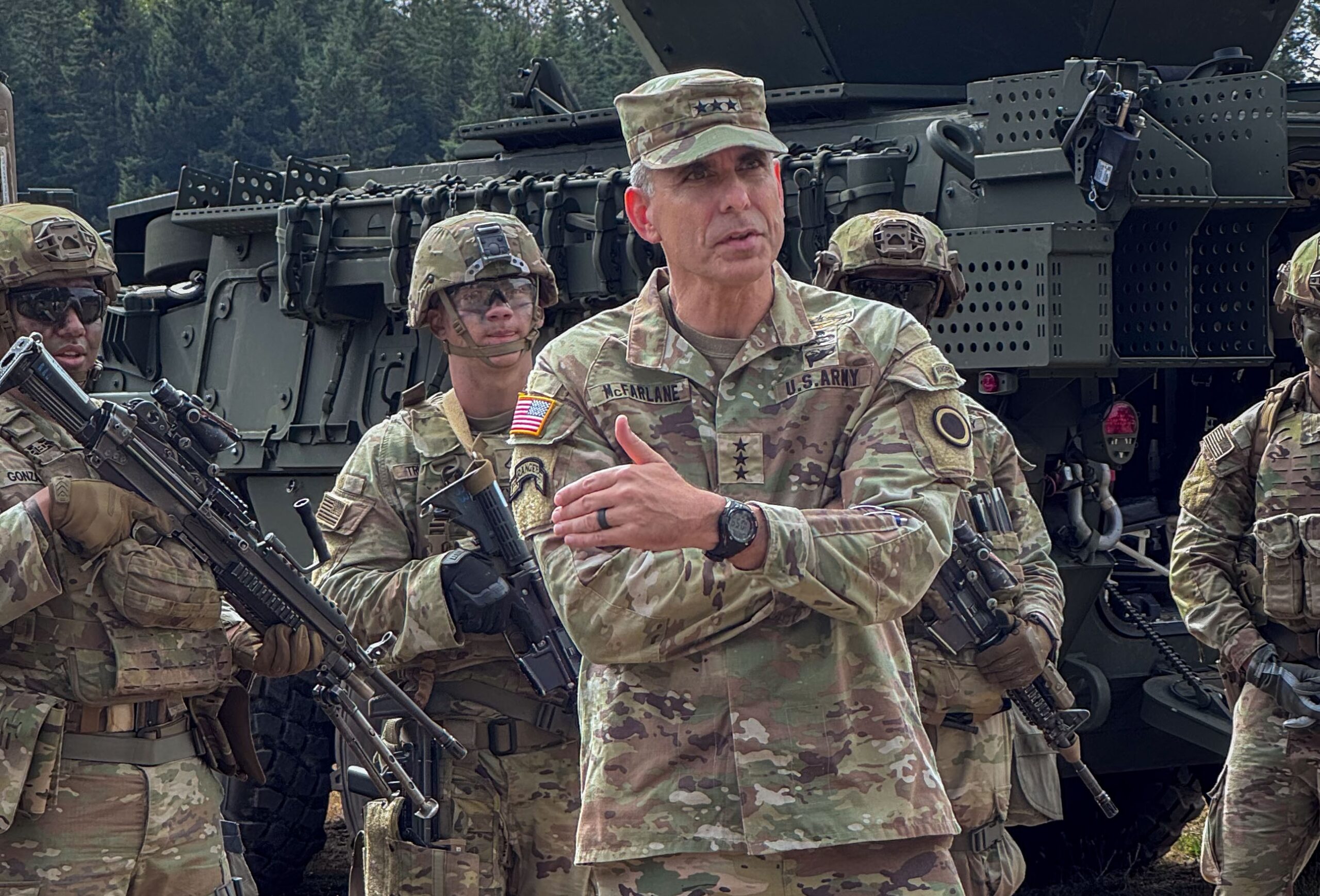The U.S. Army’s I Corps is undergoing a significant transformation to enhance its readiness for the complex challenges of the Indo-Pacific region. Under the leadership of Lt. Gen. Matthew McFarlane, the Corps is evolving into a more agile and lethal force, focusing on modernizing its operations to address both homeland defense and emerging threats, particularly from China.
In a recent interview with Defense News, McFarlane emphasized the importance of continuous training and innovation. “This isn’t simply about adopting new technology; it’s fundamentally reshaping how we think, train and operate,” he stated. The Corps is integrating long-range precision fires and unmanned systems into its formations to enhance combat effectiveness and situational awareness.
Strategic Focus on Logistics and Operations
I Corps is strategically positioned as an operational headquarters that provides essential command-and-control capabilities, fires, and sustainment for its divisions. The Corps is working closely with the Army Material Command and the 8th Theater Sustainment Command to establish Joint Theater Distribution Centers in key locations such as Japan, Australia, and the Philippines. These centers are designed to facilitate the swift movement of supplies to support forward operations.
McFarlane explained the significance of rehearsing logistics activities, stating, “All of our exercises generate readiness at home station and forward in certain areas during Pathways.” The Corps is focused on ensuring that the necessary pre-positioned stocks are available for troops during operations, allowing for efficient response to various scenarios.
Driving Innovation at All Levels
Innovation is a central theme for I Corps, with each division operating its own innovation lab. The goal is to streamline the integration of advancements while minimizing redundancy. McFarlane highlighted collaboration among the 25th Infantry Division and 4th Infantry Division as they explore technologies such as unmanned aerial systems and next-generation command-and-control systems.
Examples of capabilities gaining traction include 3D printing for spare parts and advancements in artificial intelligence. The Corps is actively developing tools to improve situational awareness and decision-making, ensuring that soldiers can leverage these technologies effectively in the field.
The ongoing Pathways exercises in the Pacific are evolving to address the unique defense needs of partner nations. McFarlane noted that the Philippines is shifting its focus from counter-insurgency to large-scale combat operations, and I Corps is assisting in this transition. The collaboration includes multilateral training tasks aimed at enhancing operational readiness.
Adapting to Emerging Threats
As the geopolitical landscape shifts, I Corps recognizes the necessity of adapting to new battlefield realities. McFarlane pointed out that failure to adapt could jeopardize survival. The Corps is implementing strategies such as positioning command posts underground and optimizing electronic warfare training to prepare for contested environments.
I Corps is also looking to enhance its long-range fires capabilities. McFarlane indicated that recent developments, including the Precision Strike Missile and the Typhon Mid-Range Capability missile, are integral to the Army’s contribution to joint forces in the Pacific. The ongoing integration of these capabilities into exercises like the Courage Lethality event will help validate concepts for future operations.
Through these initiatives, I Corps is committed to fostering a comprehensive understanding of modern warfare among its soldiers. The emphasis on distributed operations and adapting to new technologies is critical to maintaining a competitive edge in the Indo-Pacific theater.
In summary, I Corps is actively reshaping its operational framework to meet contemporary challenges, focusing on logistics, innovation, and readiness to ensure a robust defense posture in a rapidly changing environment.
